Written by Kate Blackburn, MSW; Senior Program & Policy Analyst; Nemours Children’s Health System
Disclaimer: Moving Health Care Upstream is a collaborative effort co-led by Nemours Children’s Health System (Nemours) and the Center for Healthier Children, Families & Communities at the University of California- Los Angeles (UCLA). The views and opinions expressed in this article are those of the author(s) and do not necessarily reflect the official policy or position of Nemours, UCLA or the Moving Health Care Upstream initiative.
Research demonstrates that improving population health and achieving health equity also will require broader approaches that address social, economic, and environmental factors that influence health – the “upstream,” root causes of disease. Health systems can address persistent and costly health inequities by moving beyond the walls of hospitals and doctor’s offices and into the communities, collaborating with community-based organizations to address the root causes of disease.
Moving Health Care Upstream exists to create, test, and disseminate information on approaches used by health systems to address root causes of disease in collaboration with community stakeholders and improve population health outcomes.
As we engage with colleagues working in this “upstream” space we’ve noted that one of the most pressing questions faced by health systems is how to institutionalize upstream population health work- such that the work doesn’t live or die based on grant awards, and that support for the work is integrated into policies and practices at all levels of the health system. And as we consider commonalities among health systems that serve as exemplars in their commitment to upstream population health efforts, one that stands out is the presence of transformational leaders. Our interest in the transformational leadership as a driver of institutional policy to support and sustain upstream population health work has led us to produce a white paper to share our insights with the field. This paper, Using Transformational Leadership to Move Health Care Upstream, identifies characteristics of transformational leaders, provides tools and resources, makes policy recommendations, and shines a spotlight on 3 hospitals / health systems with transformational leaders (Cincinnati Children’s Hospital, Nemours Children’s Health System, and New York-Presbyterian Hospital).
We’d love to hear from you! Who are the transformational health care leaders / organizations on your radar? Which traits of transformational leadership are most essential to this work? What are your thoughts about how transformational leadership can revitalize communities? Share your ideas in the comments section below.
